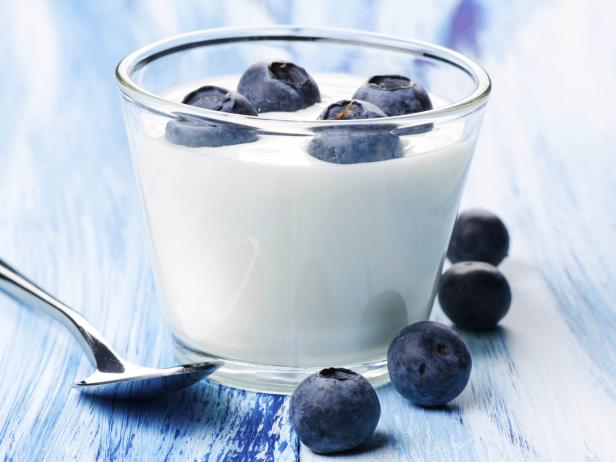These days, you can’t miss the yogurt aisle. Markets now have two, three or more cases designated to this creamy delight. But with so many choices, it’s easy to become overwhelmed and confused on which is healthiest.
Before eyeballing any label, understand that you’ll find sugar in each any yogurt you pick up. Yogurt has natural sugar (called lactose) and unless it’s a plain variety it will also have sugar added for sweetness. The nutrition facts combine both the natural and added sugar under “sugars.” The only way to know if any sugar was added is to look at the ingredients list.
To keep in line with the recommendations from The American Heart Association, women should limit their sugar to no more than 6 teaspoons per day (or 100 calories’ worth) while men should eat a max of 9 teaspoons of sugar per day (or 150 calories). This means capping sugar to no more than 20 grams per serving, which would be about 2 teaspoons of added sugar.
Some brands use sugar substitutes instead of added sugar. This will help lower the total sugar amount–remember, you will still be getting natural sugar from the yogurt. I tend to shy away from those varieties and rather purchase a plain yogurt and flavor it myself with a touch of natural sweeteners like honey or maple syrup.
These good bacteria are found in most yogurts help keep your digestive tract in working order. You can find the actual bacteria names under the ingredient list—look for words like L. acidophilus, L. casei, B. bifidum and B. Longum.
Important for healthy bones, calcium and vitamin D are two important nutrients found in yogurt. Although calcium is naturally found in dairy foods, vitamin D is added. The amounts of these important nutrients vary depending on the brand and fat content (low fat, full fat or nonfat) so be sure to read the label.
The USDA’s Dietary Guidelines recommends choosing a low-fat or nonfat yogurt. Some nonfat yogurts contain artificial sweeteners, though nowadays you can find brands that use nonfat milk. Full-fat yogurts are also found on the market, but also contain more saturated fat and cholesterol. Choose low-fat or nonfat whenever possible.
Many yogurts contain fillers, stabilizers, and thickeners. The only way to tell is to carefully read through the ingredient list. If there are too many words you can’t pronounce, just skip it.
If you haven’t noticed, half the yogurt aisle consists of Greek (or strained) yogurt. If you’re looking for less sugar, Greek may be the way to go since some of the sugar is lost during the straining process. Greek yogurt also has less lactose per serving, making it a more lactose-intolerant friendly food. Just like traditional yogurt, choose low or nonfat Greek yogurt varieties with no more than 20 grams of sugar per serving.

